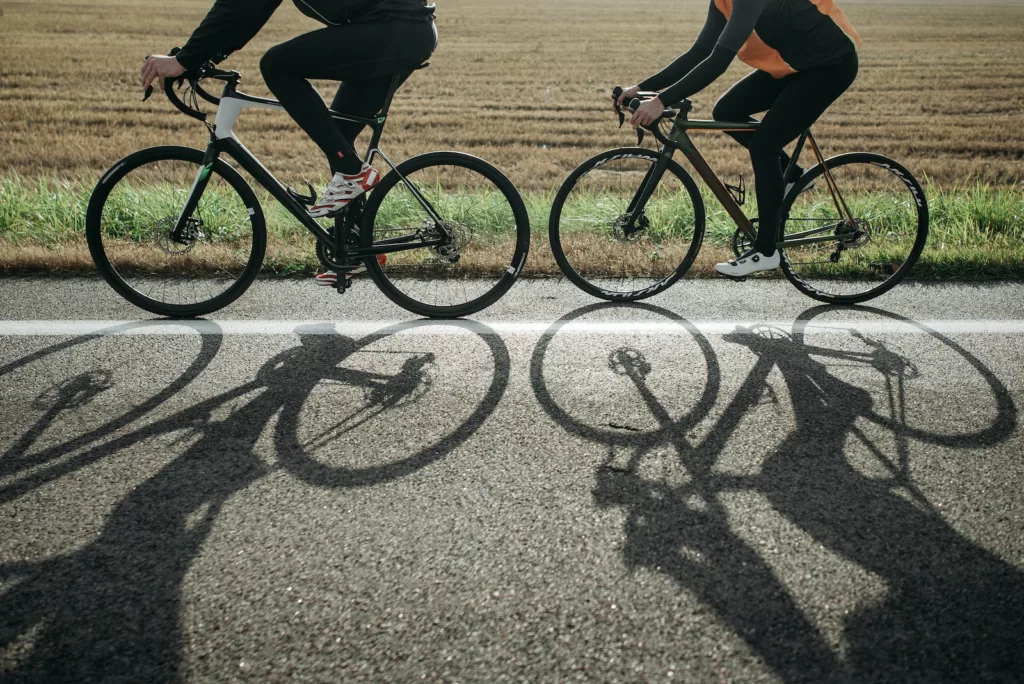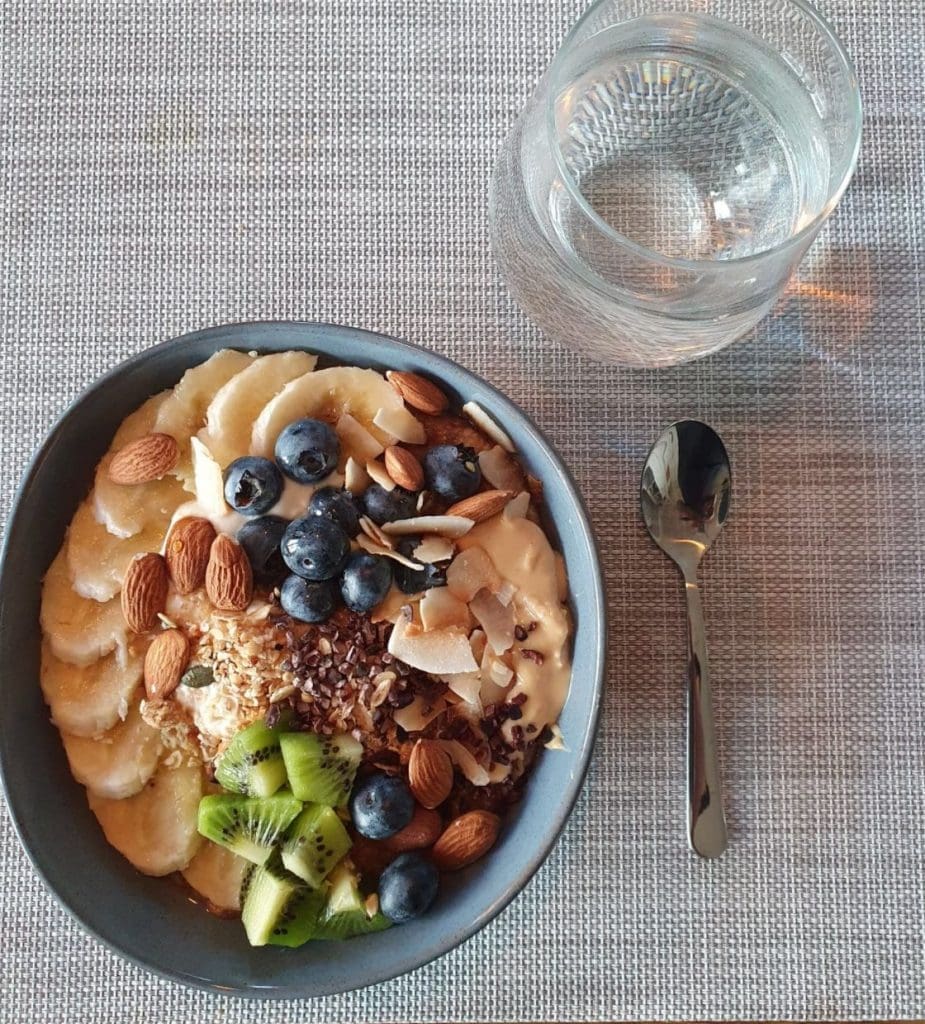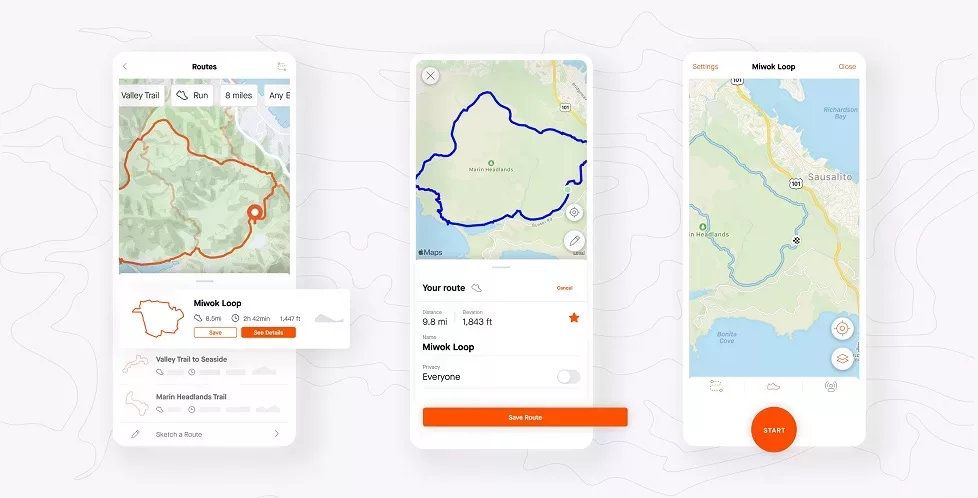Cycling has long been heralded as a heart-healthy exercise, a fun way to get from point A to B, and a means to explore the great outdoors. When melded with a nutritious diet, it morphs into a potent weight loss regimen. The journey of losing weight by cycling is influenced by several elements including your current weight, the level of physical fitness, and dietary habits. Here’s a breakdown of how to pedal your way to a healthier weight.
Table of Contents
Toggle1. How much cycling should I do each day to lose weight?
Cycling can be an effective way to lose weight and improve overall health. However, the amount of cycling you need to do each day to lose weight can vary depending on a number of factors. These include your current weight, diet, and the intensity of your cycling sessions.
The NHS suggests that adults should aim for at least 150 minutes of moderate-intensity activity, such as cycling, every week. This could be broken down into 30 minutes of cycling five days a week. However, if you’re looking to lose weight, you may need to increase this amount or combine it with other forms of exercise.
It’s important to remember that losing weight isn’t just about exercise. A healthy diet is also crucial. Try to eat a balanced diet that’s low in saturated fat and high in fibre.
If you’re new to cycling, it’s a good idea to start slowly and gradually increase the amount of time you spend on the bike. This can help to prevent injury and make it easier to stick to your new exercise routine.
You can also try incorporating cycling into your daily routine. For example, you could cycle to work or to the shops instead of driving. This can be a great way to fit exercise into your day without having to find extra time.
Remember, the most important thing is to find a form of exercise that you enjoy. If you enjoy cycling, you’re more likely to stick with it and achieve your weight loss goals.
2. What is the best type of cycling for weight loss?
There are many different types of cycling, and the best one for weight loss can depend on your personal preferences, fitness level, and goals.
Road cycling can be a good option if you’re looking to burn a lot of calories. This involves cycling on roads and typically involves longer distances. It can be a great way to improve your cardiovascular fitness and burn fat. You can use a calorie calculator to gauge your efforts here.
Mountain biking can also be effective for weight loss. This involves cycling on off-road trails and can be a more intense workout than road cycling. It can also help to improve your balance and coordination.
If you’re new to cycling or have any health concerns, you might want to start with stationary cycling. This can be done at home or in a gym and can be a good way to build up your fitness level before moving on to more challenging types of cycling.
You could also consider trying a cycling class, such as spinning. These classes can provide a high-intensity workout and can be a fun way to get fit.
Remember, the best type of cycling for weight loss is the one that you enjoy and can stick with. Try out different types of cycling to see which one you like best.

3. How can I increase the intensity of my cycling sessions?
Increasing the intensity of your cycling sessions can help to burn more calories and aid weight loss. There are several ways to do this.
One way is to add intervals to your cycling sessions. This involves alternating between periods of high-intensity cycling and periods of lower-intensity cycling. This can be a great way to increase the intensity of your workouts without having to cycle for longer periods of time.
You could also try cycling up hills or on rough terrain. This can be more challenging than cycling on flat ground and can help to increase the intensity of your workouts.
Another way to increase the intensity of your cycling sessions is to add resistance. This can be done by increasing the resistance on a stationary bike or by cycling against the wind.
You could also try cycling at a faster pace. This can help to increase your heart rate and burn more calories.
Remember, it’s important to listen to your body and not push yourself too hard. If you’re new to cycling or have any health concerns, it’s a good idea to speak to a doctor or a fitness professional before increasing the intensity of your workouts.
4. Can cycling help to tone my body?
Cycling can be a great way to tone your body and improve your overall fitness. It’s a low-impact exercise that can be suitable for people of all fitness levels.
Cycling primarily works the lower body, including the glutes, quads, hamstrings, and calves. However, it can also engage the core and upper body, especially when cycling uphill or on rough terrain.
To get the most out of your cycling sessions, it’s important to use proper form. This includes keeping your back straight, your core engaged, and your shoulders relaxed.
You can also try adding resistance to your cycling sessions to help tone your muscles. This can be done by increasing the resistance on a stationary bike or by cycling uphill.
Remember, while cycling can help to tone your body, it’s also important to include strength training exercises in your fitness routine. This can help to build muscle and increase your metabolism, which can aid weight loss.
5. How can I stay motivated to keep cycling?
Staying motivated can be one of the biggest challenges when it comes to sticking with an exercise routine. However, there are several strategies that can help.
One way is to set clear, achievable goals. This could be to cycle a certain distance, to lose a certain amount of weight, or to cycle for a certain amount of time each day. Having a goal to work towards can help to keep you motivated.
You could also try cycling with a friend or joining a cycling group. This can make your cycling sessions more enjoyable and can provide a source of motivation and support.
Another way to stay motivated is to mix up your cycling routine. This could involve trying out different types of cycling, cycling in new locations, or adding intervals or resistance to your cycling sessions.
Remember, it’s important to listen to your body and take rest days when needed. Overdoing it can lead to burnout and injury, which can derail your fitness goals.

6. Is cycling safe for weight loss?
Cycling can be a safe and effective way to lose weight, as long as it’s done correctly. It’s a low-impact exercise, which means it’s less likely to cause injury than high-impact exercises like running.
However, like any form of exercise, it’s important to use proper form and technique when cycling. This can help to prevent injury and ensure that you’re getting the most out of your workouts.
If you’re new to cycling, it’s a good idea to start slowly and gradually increase the intensity and duration of your cycling sessions. This can help your body to adjust to the new form of exercise.
It’s also important to listen to your body and take rest days when needed. Overdoing it can lead to burnout and injury, which can derail your fitness goals.
If you have any health concerns, it’s a good idea to speak to a doctor before starting a new exercise routine.
7. Can cycling help to reduce belly fat?
Cycling can be an effective way to burn calories and lose weight, which can help to reduce belly fat. However, it’s important to remember that it’s not possible to target weight loss to specific areas of the body.
When you lose weight, you lose it from all over your body, not just from one area. However, by burning calories and losing weight, you can help to reduce the amount of fat stored in your body, including in your belly.
To get the most out of your cycling sessions, it’s a good idea to combine them with a healthy diet and other forms of exercise. This can help to create a calorie deficit, which is necessary for weight loss.
Remember, it’s important to be patient and consistent. Losing weight takes time, and it’s important to stick with your exercise routine and healthy eating habits even if you don’t see results right away.
8. How can I track my progress when cycling for weight loss?
Tracking your progress can be a great way to stay motivated and see how far you’ve come. There are several ways to do this.
One way is to use a fitness tracker or a cycling app. These can track your distance, speed, and calories burned, and can provide a visual representation of your progress.
You could also keep a fitness journal. This could include details of your cycling sessions, such as the distance cycled and the intensity of the workout, as well as any changes in your weight or measurements.
Another way to track your progress is to set goals. This could be to cycle a certain distance, to lose a certain amount of weight, or to cycle for a certain amount of time each day. Achieving these goals can provide a sense of accomplishment and show you how far you’ve come.
Remember, progress isn’t just about weight loss. Improvements in your fitness level, strength, and endurance are also important indicators of progress.

9. What should I eat before and after cycling for weight loss?
What you eat before and after cycling can have a big impact on your performance and recovery.
Before cycling, it’s a good idea to eat a meal or snack that’s high in carbohydrates. This can provide your body with the energy it needs to power through your cycling session. Some good options include a banana, a bowl of oatmeal, or a slice of whole-grain bread with peanut butter.
After cycling, it’s important to replenish your energy stores and aid muscle recovery. This can be done by eating a meal or snack that’s high in protein and carbohydrates. Some good options include a protein shake, a chicken breast with brown rice, or a tuna sandwich.
It’s also important to stay hydrated before, during, and after cycling. This can help to prevent dehydration, which can affect your performance and recovery.
Remember, everyone is different, and what works for one person might not work for another. It’s important to listen to your body and eat in a way that works for you.
10. Can cycling help to boost my metabolism?
Cycling can be a great way to boost your metabolism and burn more calories. This is because it’s a form of aerobic exercise, which is known to increase your metabolic rate.
When you cycle, your heart rate increases, which can help to burn more calories both during and after your workout. This is known as the afterburn effect.
Cycling can also help to build muscle, especially in the lower body. Muscle burns more calories than fat, even at rest, so by increasing your muscle mass, you can increase your metabolism and burn more calories.
To get the most out of your cycling sessions, it’s a good idea to include both steady-state cycling and high-intensity intervals. This can help to maximize the calorie-burning and metabolism-boosting effects of cycling.
Remember, while cycling can help to boost your metabolism, it’s also important to eat a healthy diet and get plenty of sleep. These can also play a big role in your metabolism and overall health.






